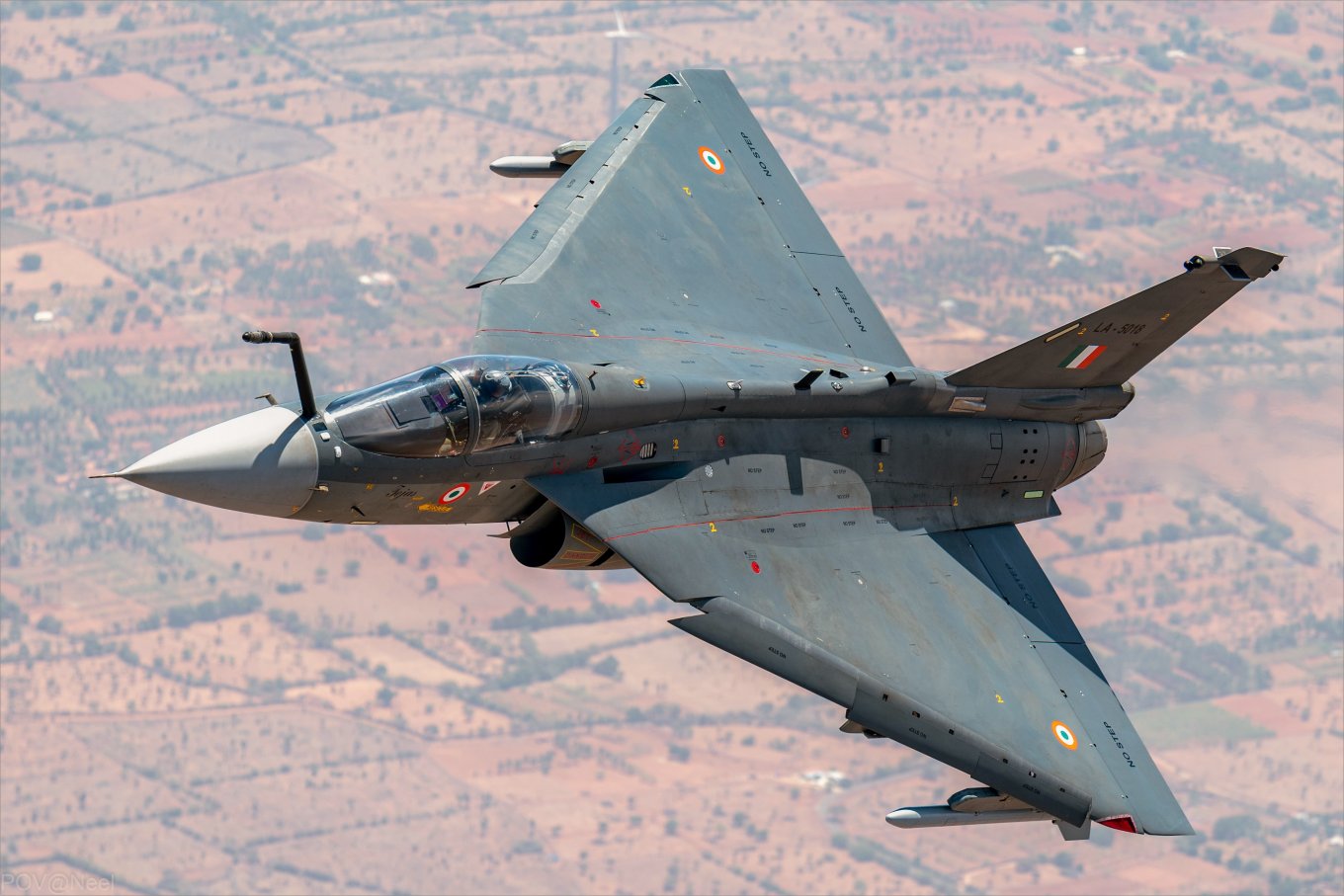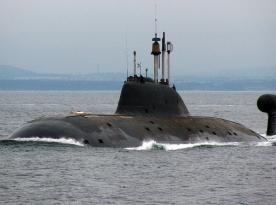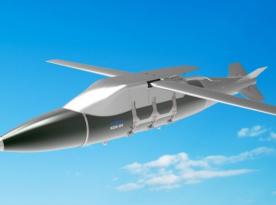97 Indian Tejas Mk1A fighters ordered from Hindustan Aeronautics Limited (HAL) at the beginning of this year will not be left without engines. At a minimum, HAL has managed to negotiate the sale of 113 F404-GE-IN20 engines from General Electric Aerospace.
Janes reports the contract signing between the companies, citing its own sources within HAL. The announced delivery schedule begins in 2027, with supplies continuing until 2032. However, the contract value remains undisclosed.
Read more: russia Expands Reservist Recruitment Along Western Border It's Clearly Not About Protecting Oil Refineries

Defense Express recalls that relations between the Indian and American companies have been quite tense due to missed delivery deadlines for the first batch of engines for the initial order of 83 Tejas aircraft, which was placed back in 2021.
It should be understood that General Electric Aerospace could essentially impose virtually any terms and prices for its engines. Objectively, India currently has nowhere else to turn, as the planned alternative to the American F404-GE-IN20 is the future indigenous GTX-35VS Kaveri. But India has been working on it for 40 years already, with completion planned only in 10-12 years.This means realistic mass serial production capability only somewhere closer to the early 2040s.

This also means that negotiations between India and France regarding fighter engines have also led nowhere. Recall that Safran offered localization of its engines. And given the current level of cooperation between India and France, the proposal for an alternative Tejas engine in the form of the Snecma M88 from the Rafale should have looked maximally attractive. But the F404-GE-IN20 delivers 84.5 kN of thrust, while the M88 produces 73.4 kN. Meanwhile, plans to create the M88 T-REX at 88.2 kN for the Rafale F5 relate to the 2030s.
Moreover, this engine would still need to be adapted for use on a single-engine fighter, as evidenced by the history of the unrealized proposal to adapt the EJ200 from the Eurofighter Typhoon for the Gripen. Beyond creating a separate engine version, that proposal also envisioned changes to the fighter's design itself.
Thus, Delhi's decision made over 10 years ago regarding the F404 from General Electric cannot be corrected in the short term. At the same time, India needed Tejas fighters not yesterday, but the day before yesterday. Because the main task of this fighter, whose development started back in 1983, is to replace the MiG-21.

And during this time, these Soviet fighters, which were produced in India under license, have not only become completely obsolete, they have already been withdrawn from service without proper replacement. As a result, India currently has the smallest number of squadrons in its entire history.
Read more: Former Ukraine's PM Draws Attention of World Community: russia's Bombing of Ukrainian Infrastructure, Energy Facilities Is War Crime














